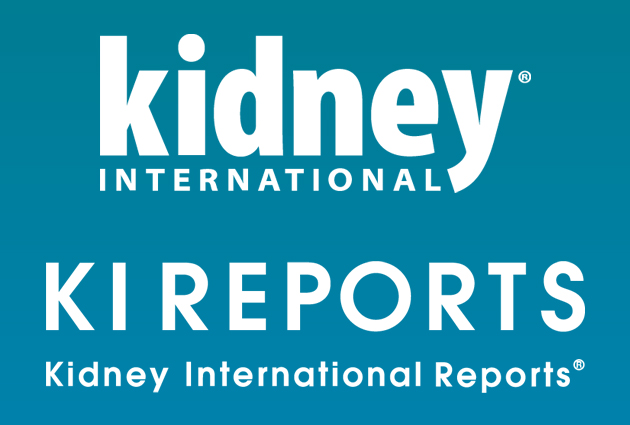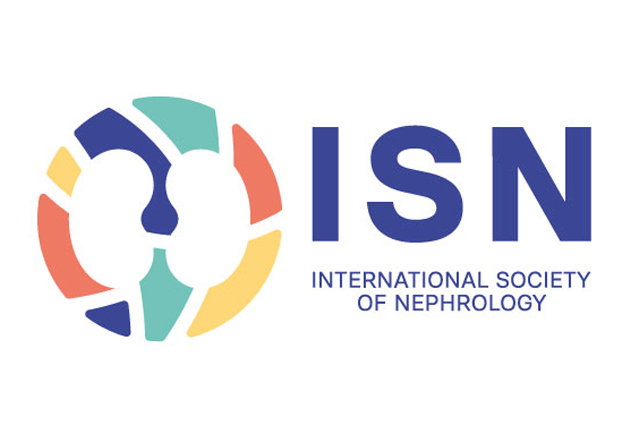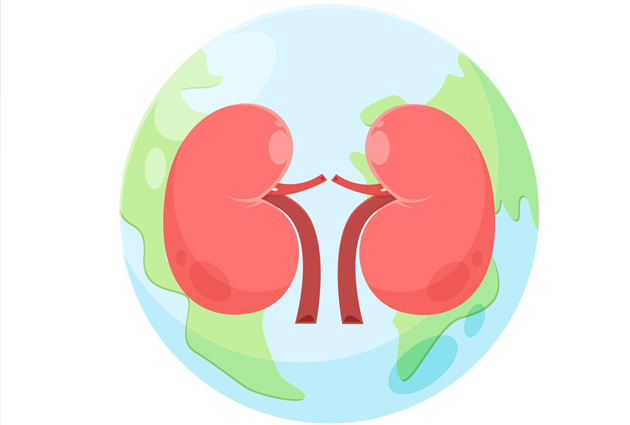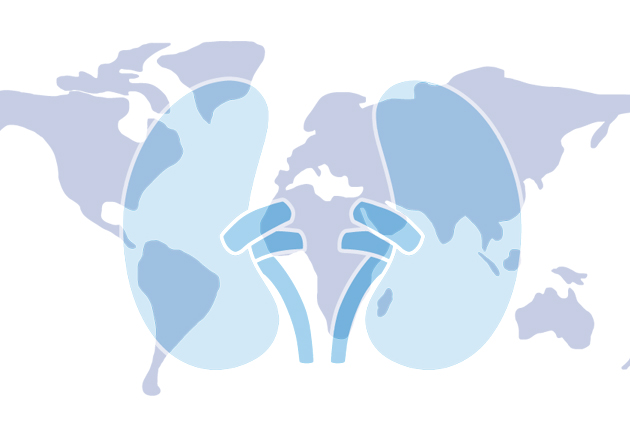Recent study shows how transplant donation rates vary across Europe
Rates of Chronic Kidney Disease vary considerably across Europe, from 3% to 17% of the population, and are increasing. Demand for kidneys almost always exceeds possible supply, and each country manages transplants differently. A new survey, being presented at the European Association of Urology (EAU) congress in Munich, has shown significant differences in the number of donor kidneys available in each country.
Comparing data from a range of registers, the EAU research found wide country to country variation. For example:
| Russian Federation | 3.3 |
| Greece | 4.2 |
| Germany | 10.4 |
| Switzerland | 14.3 |
| Poland | 15.5 |
| The Netherlands | 16.8 |
| UK | 20.6 |
| Italy | 22.7 |
| France | 25.3 |
| Portugal | 27.3 |
| Croatia | 35.1 |
| Spain | 35.7 |
All figures are 2014 figures. All figures are deceased donors per million population.
Although each country is very different, thse variations mainly depend on two factors, social attitude and perception of organ donation, and legislation. Most organs for transplantation come from brain-dead donors. In Spain for example, each citizen is a potential donor unless they ‘opt-out’ of the transplant scheme, whereas in Germany there is an ‘opt-in’ scheme. Some countries also allow donation from living donors, or from persons whose hearts have stopped. The number of organs from both these sources has been increasing.
As transplants becomes more mainstream, and rates of kidney failure are increasing, the demand for organs has increased quite significantly, and there is a general need for more organs to be available. At the moment, whether you can find a donor organ largely depends on where you live. If countries want to increase transplant rates, and so increase survival from kidney failure, they might consider changing the way they source donor organs.










